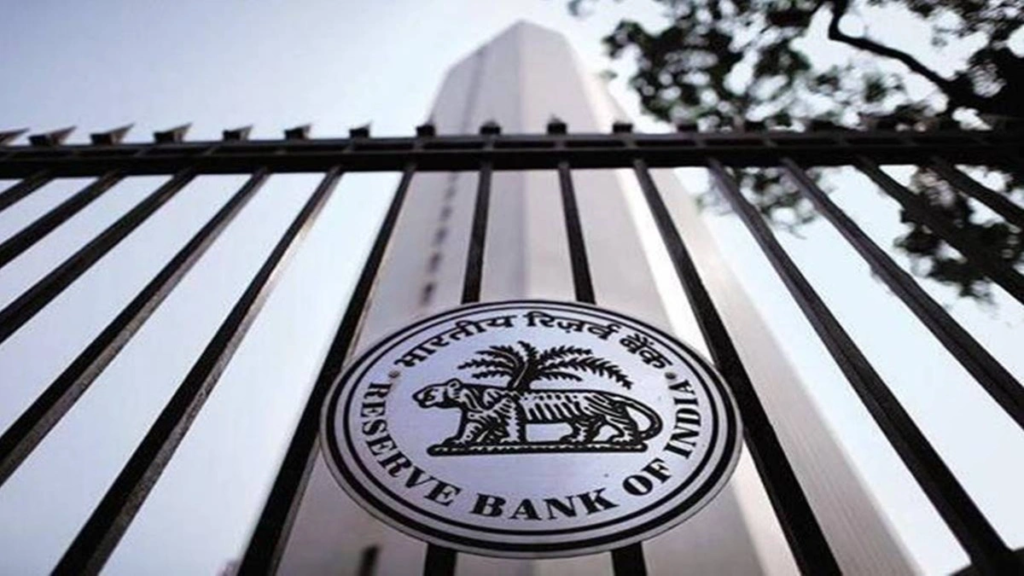The revenue from dollar sales was expected to be substantial given that profits are calculated based on the historical cost of dollar purchases, analysts said.
The Reserve Bank of India’s (RBI) board on Friday approved a surplus transfer of 874.16 billion rupees ($10.69 billion) to the government for the fiscal year ended March 31, less than the market estimate of at least 1 trillion rupees.
The government had budgeted a dividend of 480 billion rupees for fiscal 2023 from the central bank and state-run banks, while analysts had projected the number to be in the 700 billion rupees to 900 billion rupees range.
The RBI transferred 303.07 billion rupees to the government in fiscal 2022.
Analysts had expected the surplus transfer to sharply exceed budget estimates due to the profit the RBI made from large dollar sales, while higher interest income on treasury holdings locally and abroad was also expected to have helped.
The revenue from dollar sales was expected to be substantial given that profits are calculated based on the historical cost of dollar purchases, analysts said.
The RBI board also decided to raise the Contingency Risk Buffer to 6% from 5.50% previously.
“This signals a preference to maintain sufficient headroom via the risk provisioning mechanism to cover against upcoming operational, monetary and credit risks in light of spillover risks from unexpected financial market volatility and uncertainties,” said Radhika Rao, an economist with DBS Bank.
Madhavi Arora, lead economist at Emkay Global said the decision to raise the Contingency Risk Buffer likely resulted in a slightly lower surplus transfer compared to their top-end estimate.
“The fact that they may have made bumper profits on FX sales has also been countered by the fact that they would have made considerable losses on their mark-to-market books on foreign securities, for which they had to do a much higher provisioning from their profits,” she said.
India’s benchmark 10-year bond yield jumped 5 basis points post the dividend announcement as the number was sharply below the 1 trillion rupees to 1.5 trillion rupees priced in by the market.
The yield closed up 2 bps on the day at 7.01%.
The Board also reviewed the global and domestic economic situation and associated challenges in its meeting, including the impact of current global geopolitical developments, the RBI said in a statement.
“From a fiscal perspective, the dividend represents additional revenue of 0.2% of GDP,” said Gaura Sen Gupta, India economist at IDFC FIRST Bank.
“However, it may be too early to say with certainty that the fiscal deficit will undershoot the 5.9%-of-GDP target. This is because the sharp reduction in inflation, in particular WPI inflation, implies that FY24 nominal GDP growth could be lesser than what is assumed in the Union Budget of 10.9%.”

Source:financialexpress.com


